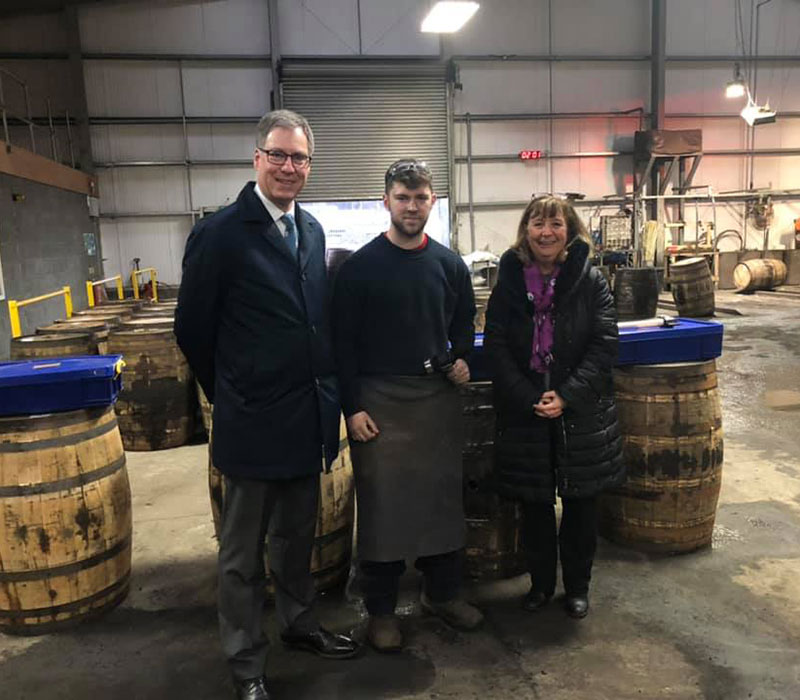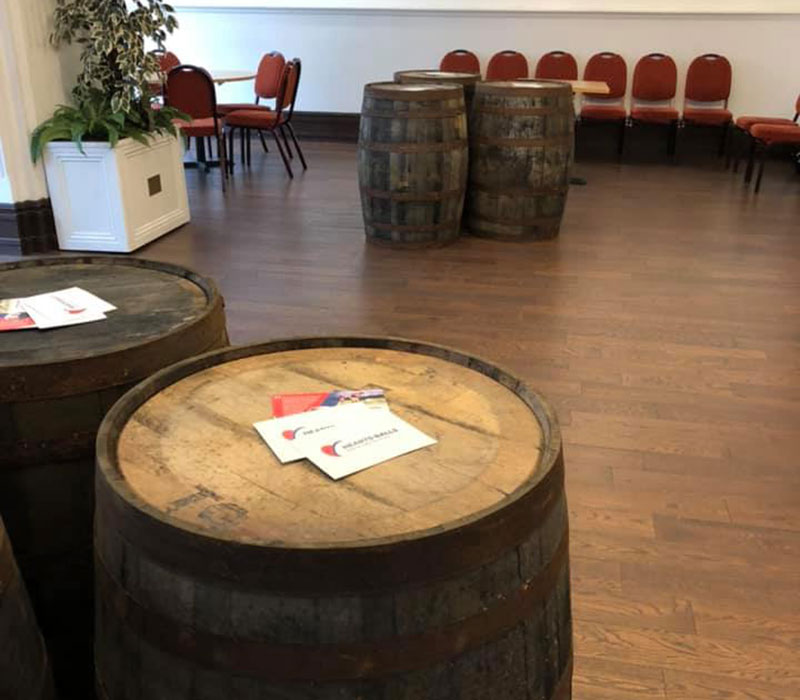Incorporation of Coopers of Glasgow
The Incorporation of Coopers originated along with the Wrights in the ancient craft of the Masons. In 1569 the Coopers separated from the Masons and Wrights and were granted their own charter. As well as regulating entry to the craft and making provision for a weekly levy of 1d payable by each craftsman for the support of their poor the charter enacted regulations for standards of craftsmanship.
These included a provision that “upon each Saturday at evening, three or four of the worthiest and most perfect craftsmen of the said craft shall pass and search and visit all men’s work to see if it be sufficient and good and able for serving our sovereign lord’s lieges or not, and, where it shall be found in fault, the same shall be corrected and forbidden in all time coming, under the pain of escheating thereof”. No craftsman was to take more than one apprentice at any one time and the length of the apprenticeship was fixed at no less than seven years.

History of the Craft of Coopering
The craft of the cooper goes back to ancient times and was an essential part of the life of every old burgh in Scotland. Although they existed in the city of Glasgow long before then, it was not until 1569 that the city’s coopers were officially incorporated as a guild or ‘craft’. After that they played an important role in civic, trading, and political affairs until the mid-nineteenth century when, like every craft organisation, they lost their exclusive rights and coopers could work in the city without having to be members of the Incorporation.

In Modern Times
Even in more modern times, however, the Incorporation continued to grow and flourish during the extraordinary rise of Glasgow as Scotland’s largest city. Today, though the Incorporation no longer plays an important part in the craft of coopering, its membership is bigger than ever, and it undoubtedly still plays a noted part in Glasgow life. With unrestricted access to the Incorporation’s records, Craig Mair has pieced together the story of the growth and importance of the cooper craft in Glasgow. Covering the period from the early 1500s to the 21st century, he describes the day-to-day life and work of the coopers, including such things as apprenticeships, the punishment of coopers who broke their Craft’s rules, and the changing face of the cooper trade as the industrial revolution gathered momentum in Glasgow. He ends by describing the flourishing work of the Incorporation today.

Registered in Scotland | Charity Number: SC004620

